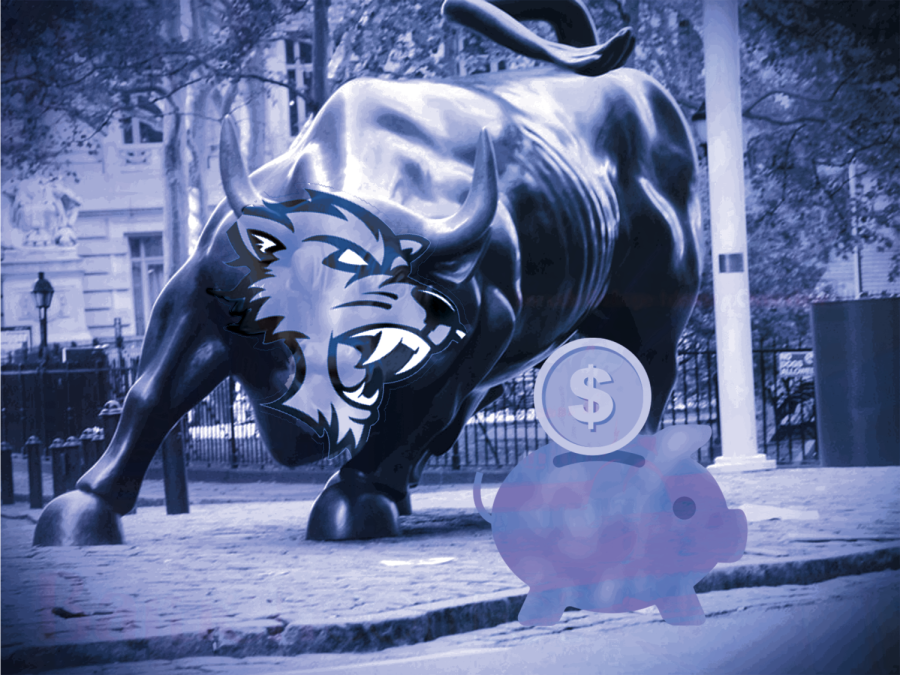Market Update 03/13/23
March 20, 2023
Markets bled between March 7 and March 13 following the collapse of SVB Financial Group, which conducts business as Silicon Valley Bank.
Markets slid on Tuesday following hawkish sentiment expressed by Federal Reserve Chair Jerome Powell, who testified before the U.S. Senate on the Fed’s semiannual monetary policy report.
“The latest economic data have come in stronger than expected, which suggests that the ultimate level of interest rates is likely to be higher than previously anticipated,” Powell said during his testimony. “If the totality of the data were to indicate that faster tightening is warranted, we would be prepared to increase the pace of rate hikes.”
By the closing bell, the Dow Jones Industrial Average fell 1.7%, the S&P 500 fell 1.5% and the Nasdaq composite fell 1.3%.
Powell’s comments struck fear in the markets, as investors digested the possibility of a 50-basis-point rate hike following the Fed’s March 22 meeting. This fear was evident, with the Chicago Board Options Exchange’s Volatility Index rising 5.4%, reaching a value of $19.66.
The three major U.S. indexes closed with mixed results on Wednesday as stocks rebounded following Tuesday’s sell-off. The Dow lost 0.2%, the S&P 500 rose 0.1% and the Nasdaq rose 0.4%. This mixed rebound was in part thanks to lessened hawkish sentiment displayed by Powell.
“We have not made any decision about the March meeting,” Powell said to the U.S. House of Representatives’ Financial Services Committee. “We’re not going to do that until we see the additional data.”
Since investors began to price in the possibility of a 50-basis-point rate hike following Tuesday’s comments, the market was surprised to hear a weaker hawkish stance on Wednesday.
Stocks fell on Thursday due to a major sell-off in financial shares following the liquidation of Silvergate Capital Corp. and uncertainty surrounding deposits under SVB.
Stock for the cryptocurrency lender lost 42.2% on Thursday after it announced in a press release that it would “voluntarily liquidate” its subsidiary, Silvergate Bank, while winding down operations.
SVB launched an asset sale of $1.75 billion as the bank struggled to retain deposits as a result of inadequate investment strategy. Following this announcement, shares of SVB promptly dropped 60.4%.
The Dow declined 1.7%, the S&P 500 declined 1.9% and the Nasdaq declined 2.1% by the market’s close.
Friday saw a continuation of the pain endured on Thursday due to the collapse of SVB, which was the 16th largest bank in the United States at the time of its failure. The Dow slid 1.1%, the S&P 500 slid 1.5% and the Nasdaq slid 1.8%.
The U.S. Bureau of Labor Statistics announced that unemployment climbed 0.2% to a value of 3.6% in February. An uptick in unemployment depicts some of the pain that the Fed would like to see before halting rate hikes.
Stocks closed mixed on Monday as regulators attempted to curtail the aftermath of SVB’s collapse. Stocks for several regional banks such as U.S. Bancorp and First Republic Bank plummeted 9% and 61.8%, respectively.
The Volatility Index rose 23% to roughly 27.5%, which is its highest level in five months.
“We acknowledge that maintaining depositor and investor confidence is crucial for a financial institution,” UBS Group AG said in a press release. “And we cannot completely rule out the possibility that other banks could face similar concerns, despite what appear to be very sound balance sheets across the industry.”
Investors should look to limit exposure to sectors that are prone to a recessionary environment. Value stocks focusing on dividend payout could be a lucrative avenue of investment at this time.







